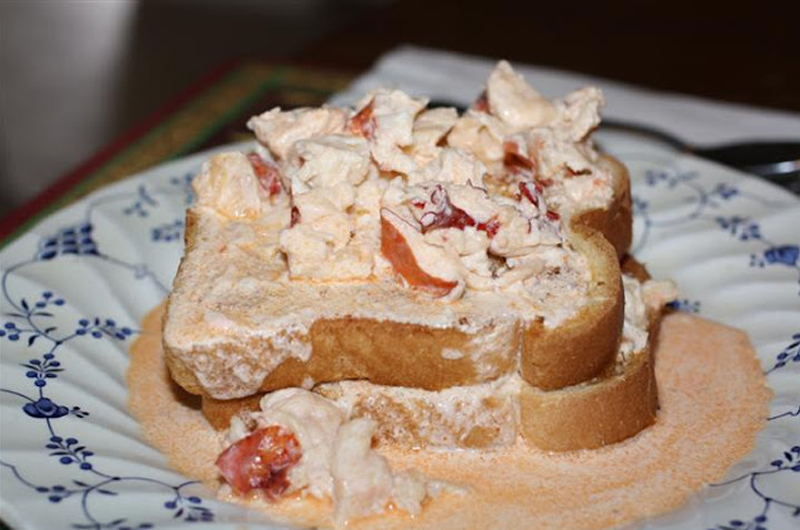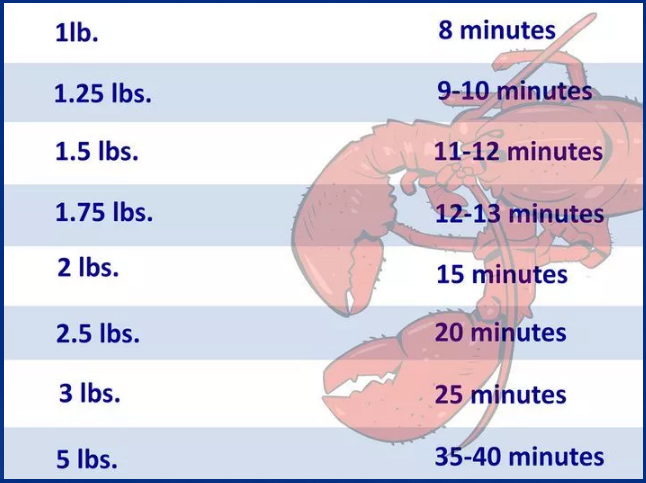
Photo and recipe credit: Laura Muise
Creamed lobster was created by Clara Harris, a local restaurant owner, several decades ago. It caught on quite quickly, and can now be enjoyed at many restaurants throughout Yarmouth & Acadian Shores. The dish is still relatively unknown outside of our region, and is a true local specialty.
Since its inception over fifty years ago, creamed lobster has evolved from being a restaurant treat to a dish that many cook and enjoy at home. As with any recipe, each family modifies it to suit their tastes
Hot Lobster Sandwich
Ingredients:
Two tbsp butter or margarine.
One cup of cubed lobster
2 tsp vinegar
10% blend (Heavy Cream) to cover sauteed lobster
4 pieces of buttered toast.
Directions
Heat butter to medium high before adding the lobster pieces.
Add vinegar to the sauteed lobster. Vinegar helps to thicken the milk and also takes away any fishy taste the lobster might have.
Reduce heat to medium-low and add blend to the lobster, so it will thicken and make a tasty lobster cream sauce
Plating the hot lobster sandwich.
Lay the toast butter up. Start by adding some lobster mixture, including the juice which is the best part, over the toast.Add the second slice of toast on top, then cover with the lobster mixture.Hot lobster goes well with mashed potatoes, carrots and peas. Fresh cut french fries work go very well with this dish.

